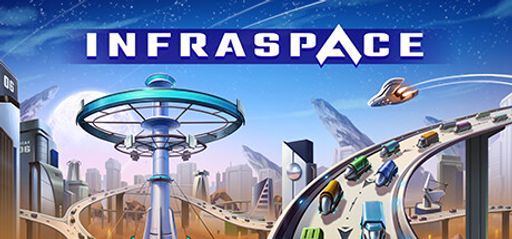I recently sat down to pilot InfraSpace by Dionic Software. I’ve immersed myself in single-player RPGs my whole life, yet I relish a well-crafted management challenge. InfraSpace beckoned with the promise of constructing an extrasolar efficiency utopia, and I dove in with a mix of curiosity and skepticism. I’ve long admired the clean aesthetic of sci-fi city builders, but InfraSpace sought to blend the strategic depth of factory sims with urban planning. My experience delivered moments of delight alongside frustrating monotony.
Overall Impressions
InfraSpace offers an intriguing premise that quickly reveals its limitations. The game tasks you with mining operations, production planning, and establishing seamless transportation routes. It hooks you with the pursuit of a smooth supply chain on an alien world that refuses to cooperate. You must become a traffic expert. Early on, I admired the ambition behind the city-builder concept and spotted echoes of Factorio, Satisfactory, and Cities: Skylines. However, the game soon repeats predictable tropes without surprising you.
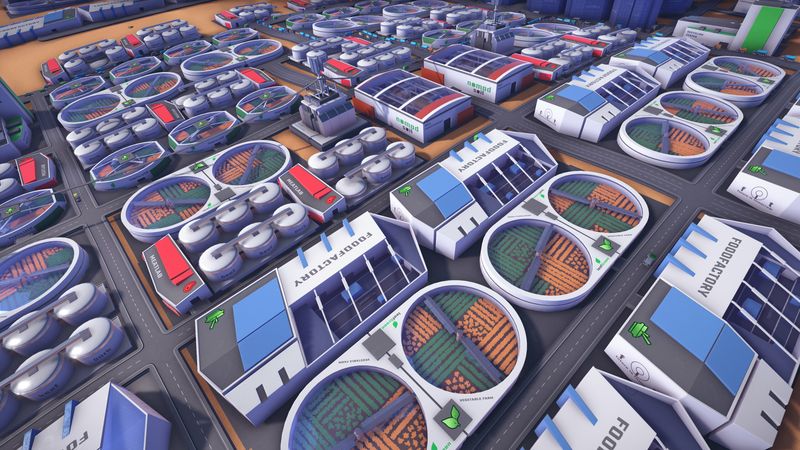
Gameplay Mechanics
Gameplay mechanics drive much of the experience. Mining resources and building production chains offer gratifying challenges. I encountered moments of satisfaction as I optimized my supply routes. The research tree is designed to drive progression, but it enforces a fixed order. As a result, every colony follows a similar evolution. I found this rigidity stifles creativity. Much like a well-worn plot device, the forced order gives players the impression that ingenuity is optional. The challenge soon morphs into traffic micromanagement. This abrupt pivot from broader city planning to fiddling with road layouts can drag down the fun factor. I have seen many a strategy game lose its charm when it devolves into repetitive tasks.
None of the gameplay suits players looking for deep variety. InfraSpace excels in one area only to flounder in another. Its transport system promises strategic depth. Instead, it becomes tedious as players strive to wrangle erratic traffic flows. One review points out that road management overshadows the creative thrill of city building. I cannot disagree. There is a constant feeling of being pigeonholed into managing clogged intersections rather than fostering vibrant community growth. Those who delight in planning compound operations and refining every minute detail might find themselves enchanted. However, those expecting a sprawling, evolving cityscape may quickly find the limitations exasperating.
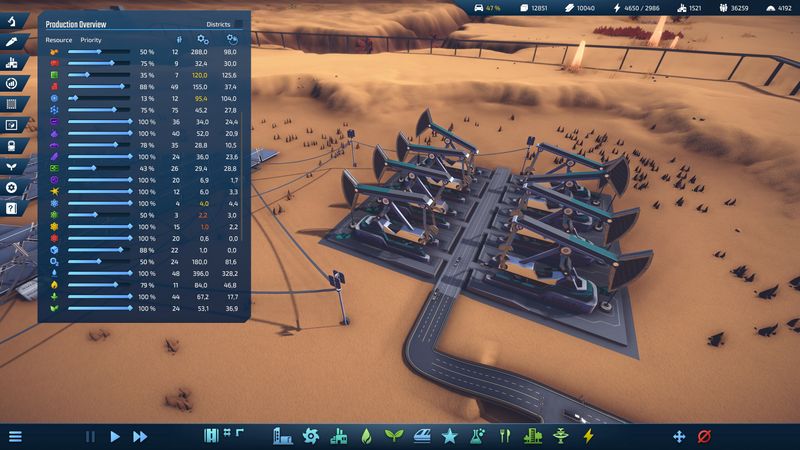
Player Experience
I must note that InfraSpace is essentially a kit built on well-known tropes. Its strengths in supply chain management are belied by an inflexible research tree. I am reminded of many other strategy titles. The game feels like a homage to classic factory sims, yet it lacks the polish of its inspirations. Even more frustrating is the performance degradation once your colony reaches a population of 15,000. The crashes and slowdown factor seem to be directly tied to the game’s traffic management challenges. I have watched many speedruns to glean efficiency tips, and I can say that the game’s performance hinders those who wish to optimize with precision.
Story and Character
The world-building in InfraSpace is serviceable but not memorable. There is a basic narrative underpinning the effort of establishing a colony on an uninhabited planet. The story does not immerse you in a rich narrative tapestry. Instead, it offers a bare-bones explanation for your economic and logistical challenges. I long for dynamic interactions or characters with real personality. Instead, the game relies on vague sci‑fi motifs and generic expositions that fail to evoke a sense of wonder. The lack of memorable characters undermines any emotional investment in the extraterrestrial realm. I miss the layered narratives that have so powerfully driven single‑player RPGs in my past.
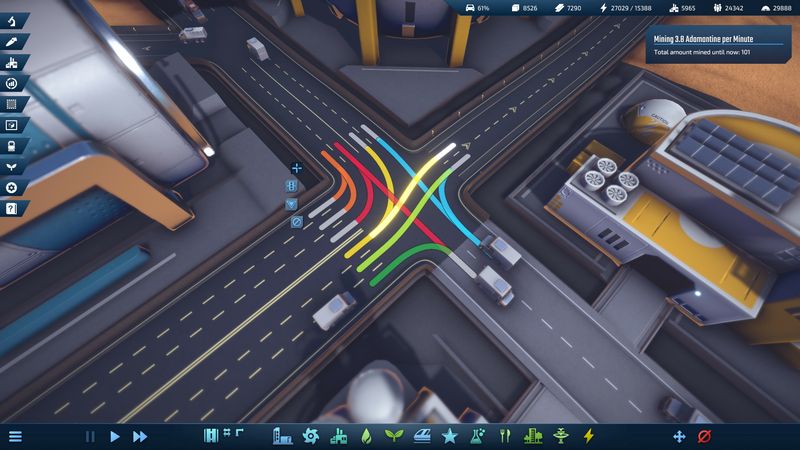
Visuals and Graphics
Graphically, the game presents a clean, utilitarian style that fits the sci‑fi theme. Dionic Software has opted for a clean design that emphasizes functionality over flair. The visuals deliver clarity when it comes to deciphering resource layouts and traffic routes. However, this same clarity translates into a lack of vibrancy. The art style serves the purpose of gameplay rather than cinematic immersion. I would have liked the game to incorporate more atmospheric touches—particularly for a world that is supposed to feel both foreign and industrious. The graphics do not distract, but they also do little to enthrall.
Sound and Music
Sound and music receive a mixed review from me. The soundtrack matches the game’s futuristic ambitions. A subtle score moves in the background as you optimize your supply lines. Yet it tends to fade into the noise of the city’s constant clamor. Sound effects are effective when warning you of a looming traffic jam, but they cannot fully rescue a design that leans heavily on repetitive tasks. In brief moments, I did find solace in the ambient soundscapes that hinted at a world far larger than just clogged roads and predictable resource nodes.
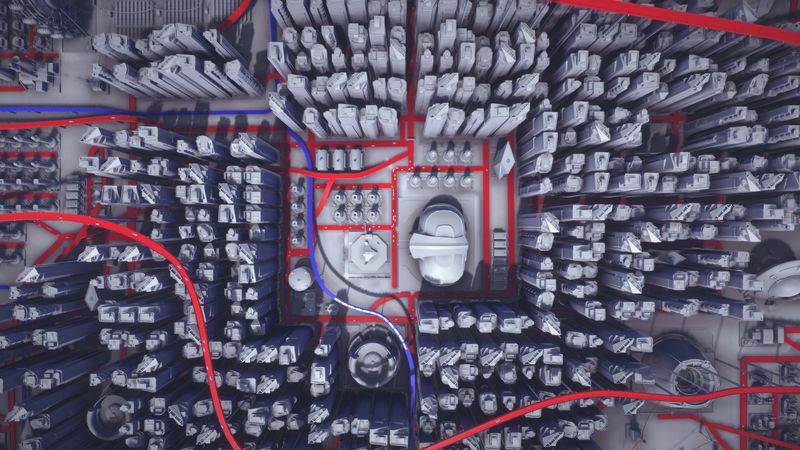
Difficulty and Replayability
As for difficulty and replayability, InfraSpace sits in a curious position. The early phases are inviting and functional. Managing a small colony brings a genuine sense of achievement. I experienced heartfelt triumph when my first efficient supply chain clicked into place. But as the game unfolds and the challenges shift solely to the realm of traffic management, the initial spark begins to dim. I do see a niche appeal for winners who ace the art of micromanagement under pressure. Yet, for those who prefer depth and variation in city-building, the replay value becomes questionable. Dionic Software markets the game as almost “finished,” with no new official content forthcoming. This declaration dampens enthusiasm among players craving continuous evolution in gameplay.
Final Thoughts
A persistent theme in player reviews is the feeling of stepping into a well-known formula with limited innovation. One reviewer mentioned that at full price, the game is not worth the investment, while another described it as a good time sink that might be more suited for sale periods. I am inclined to agree. You get a game that does one thing exceptionally—traffic management. Unfortunately, it often falls short of the varied experiences demanded by modern city builders.
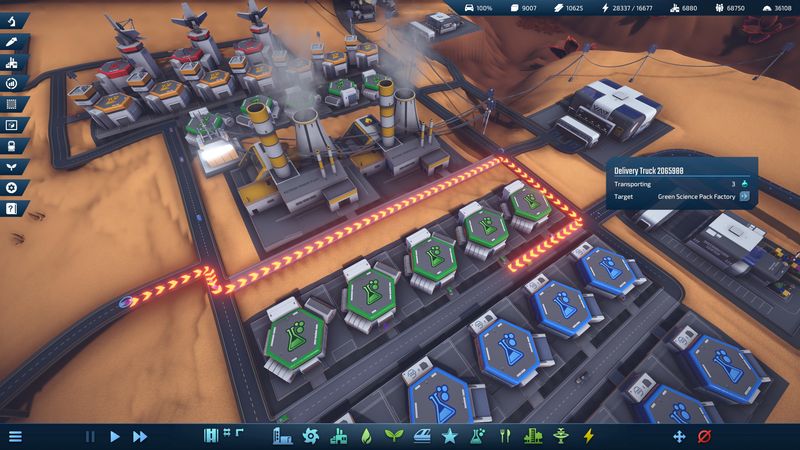
The production behind InfraSpace reveals a development team that took a focused approach to efficiency and supply chain simulation. Dionic Software aimed to deliver a concise and manageable experience, one that hones in on a niche of the city builder genre. They made their creative choices clearly. The marketing around the game, complete with bold promises of an extrasolar city utopia, is both appealing and slightly misleading. If the vast universe of single-player RPGs has taught me anything, it is that restraint and creative risk are key. InfraSpace opts for a measured ambition, one that is safe yet ultimately unsatisfying for those who long for a world of dynamic possibilities.
Conclusion
I conclude my analysis with a wry observation consistent with my lifelong penchant for critiquing industry clichés. InfraSpace promises the gleam of a futuristic utopia but gets entangled in the mundane and the monotonous. It is a game that may entice the efficiency nerd or the bundle buyer, but its insufficiencies weigh heavily on those seeking a rich, evolving simulation.
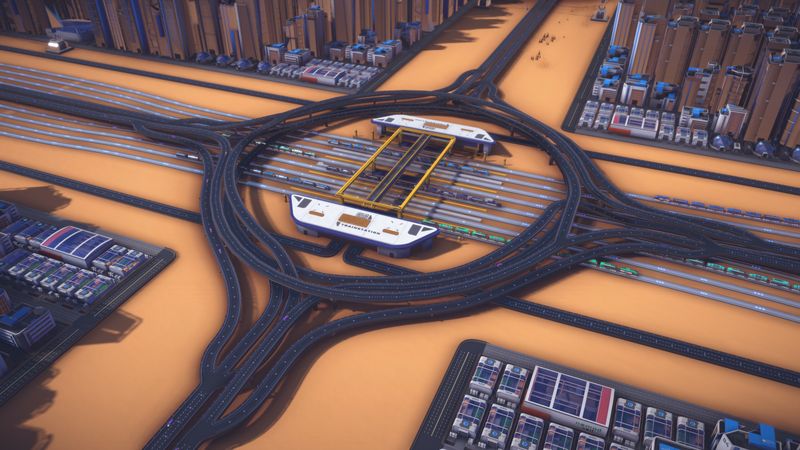
After weighing its merits against its drawbacks, I give InfraSpace a score of 3 stars out of 5. Its core gameplay may charm a few while alienating many. If you appreciate traffic micromanagement and catch it on a sale, you might find some fleeting satisfaction in its carefully constructed chaos. Otherwise, you might do better investing your time in more innovative entries in the city builder genre. In the vast galaxy of single-player experiences, InfraSpace orbits close to the proverbial star but never quite ignites.

